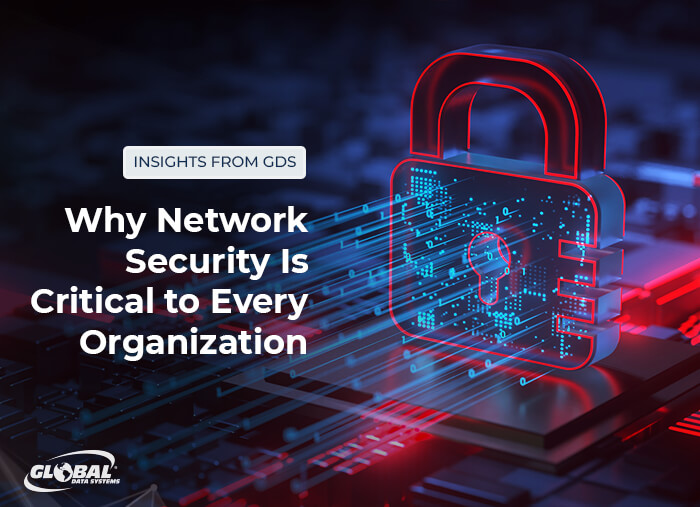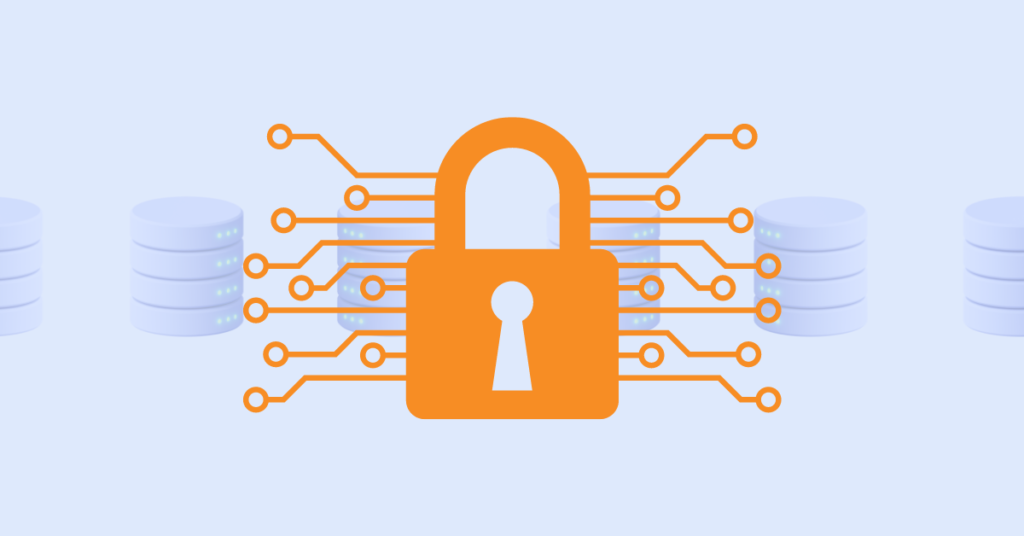Data and Network Security: Protecting Your Organization Against Cyber Threats
Data and Network Security: Protecting Your Organization Against Cyber Threats
Blog Article
The Essential Role of Data and Network Security in Safeguarding Your Information
In an age where information breaches and cyber threats are progressively common, the importance of robust information and network safety and security can not be overemphasized. The application of effective safety steps, such as security and access controls, is critical to preserving trust fund and functional stability.
Understanding Data Protection
In today's electronic landscape, an overwhelming majority of organizations face the intricacies of data safety and security. This critical component of details technology includes securing delicate information from unauthorized accessibility, corruption, or burglary throughout its lifecycle. Information security encompasses numerous strategies and modern technologies, consisting of security, accessibility controls, and information masking, all focused on protecting info versus violations and susceptabilities.
A fundamental aspect of data security is the recognition and classification of data based on its sensitivity and relevance. This classification assists organizations prioritize their protection efforts, designating sources to safeguard one of the most critical information effectively. Implementing durable policies and procedures is crucial to ensure that staff members recognize their duty in preserving information safety.
Routine audits and analyses aid in determining possible weak points within an organization's data protection structure. Additionally, worker training is crucial, as human error remains a considerable aspect in data breaches. By cultivating a society of security awareness, companies can reduce risks associated with insider hazards and oversight.
Value of Network Security
Network safety stands as a cornerstone of an organization's general cybersecurity method, with roughly 90% of organizations experiencing some type of cyber hazard recently. The relevance of network security hinges on its capability to protect sensitive details and preserve the stability of company procedures. By securing network infrastructures, companies can prevent unapproved access, data breaches, and other malicious tasks that could endanger their assets and online reputation.
Carrying out robust network safety and security determines not just helps in mitigating dangers but additionally fosters depend on among stakeholders and clients. When clients are assured that their personal and economic info is safe, they are more probable to engage with the company, bring about improved client commitment and organization growth.
Moreover, a well-structured network safety and security framework facilitates conformity with numerous regulative requirements. Organizations should comply with industry standards and legal requireds worrying information defense, and efficient network safety and security practices can ensure compliance, consequently preventing prospective penalties.

Common Cyber Hazards
Organizations should continue to be cautious against a range of cyber dangers that can undermine their network protection efforts. Among one of the most common threats is malware, which encompasses infections, worms, and ransomware that can interrupt procedures, steal information, or hold information hostage. Phishing assaults, where harmful actors impersonate relied on entities to deceive individuals into revealing sensitive information, continue to expand in refinement, making user education essential.
One more common threat is dispersed denial-of-service (DDoS) attacks, which overload systems with web traffic, providing them inaccessible to legit individuals. Insider dangers, whether deliberate or unexpected, present substantial threats as staff members might inadvertently reveal delicate information or deliberately exploit their accessibility for malicious objectives.
Furthermore, susceptabilities in software program and hardware can be exploited by cybercriminals, highlighting the relevance of regular updates and patch monitoring. Social design techniques additionally make complex the landscape, as attackers adjust people into divulging personal info via psychological adjustment.
As these threats evolve, companies need to maintain a proactive technique to recognize, reduce, and react efficiently to the ever-changing cyber threat landscape, securing their valuable info and keeping trust with stakeholders. fft pipeline protection.
Finest Practices for Defense
Implementing robust protection procedures is crucial Related Site for protecting sensitive details and keeping operational honesty. Organizations should start by carrying out detailed risk analyses to recognize susceptabilities within their systems. This proactive strategy allows the prioritization of security initiatives tailored to the particular requirements of the company.
Taking on solid password plans is essential; passwords ought to be complex, on a regular basis transformed, and managed utilizing protected password administration tools. Multi-factor authentication (MFA) includes an extra layer of protection by calling for extra confirmation approaches, thus decreasing the danger of unauthorized accessibility.
Routine software updates and patch administration are important to secure against recognized susceptabilities. Carrying out firewalls and breach detection systems can better protect networks from outside dangers. Staff member training is similarly essential; staff needs to be enlightened on acknowledging phishing attempts and recognizing the importance of data security protocols.
Information encryption must be used for delicate details, both at rest and in transit, to make sure that also if data is intercepted, it remains hard to reach (fft pipeline protection). Lastly, companies need to develop and on a regular basis test case response prepares to ensure speedy activity in case of a safety and security breach. By sticking to these best methods, organizations can boost their protection stance and protect their important information assets
Future Trends in Protection
The landscape of information and network security is constantly advancing, driven by advancements in innovation and the enhancing class of cyber risks. As organizations progressively adopt cloud computer and IoT devices, the paradigm of security will change toward a zero-trust version. This strategy highlights that no entity-- outside or internal-- is inherently trusted, mandating verification at every access factor.
Furthermore, using expert system and device knowing in safety and security methods is on the rise. These technologies allow predictive analytics, enabling organizations to identify vulnerabilities and possible hazards prior to they can be made use of. Automation will likely play a pivotal duty in simplifying safety and security reactions, reducing the moment required to mitigate violations.
Furthermore, governing frameworks will certainly continue to tighten, requiring extra Website stringent conformity actions. Organizations needs to remain abreast of advancing policies to guarantee they satisfy safety and security standards.

Verdict
Finally, the value of information and network protection can not be overstated in the contemporary electronic landscape. With the prevalence of cyber threats and the raising complexity of regulative demands, companies have to take on detailed safety steps to click to investigate shield delicate details. By applying efficient strategies and staying notified regarding emerging fads, organizations can improve their durability against potential assaults, making certain data integrity and promoting depend on amongst stakeholders and clients. Prioritizing protection continues to be necessary for functional connection and lasting success.
In an era where data violations and cyber risks are increasingly prevalent, the value of durable data and network security can not be overstated. Information security incorporates various methods and innovations, consisting of security, access controls, and data masking, all aimed at guarding info against violations and susceptabilities.
An essential aspect of data security is the identification and category of information based on its level of sensitivity and importance.The landscape of data and network safety is constantly developing, driven by advancements in modern technology and the raising refinement of cyber hazards.In conclusion, the importance of information and network safety and security can not be overemphasized in the contemporary digital landscape.
Report this page